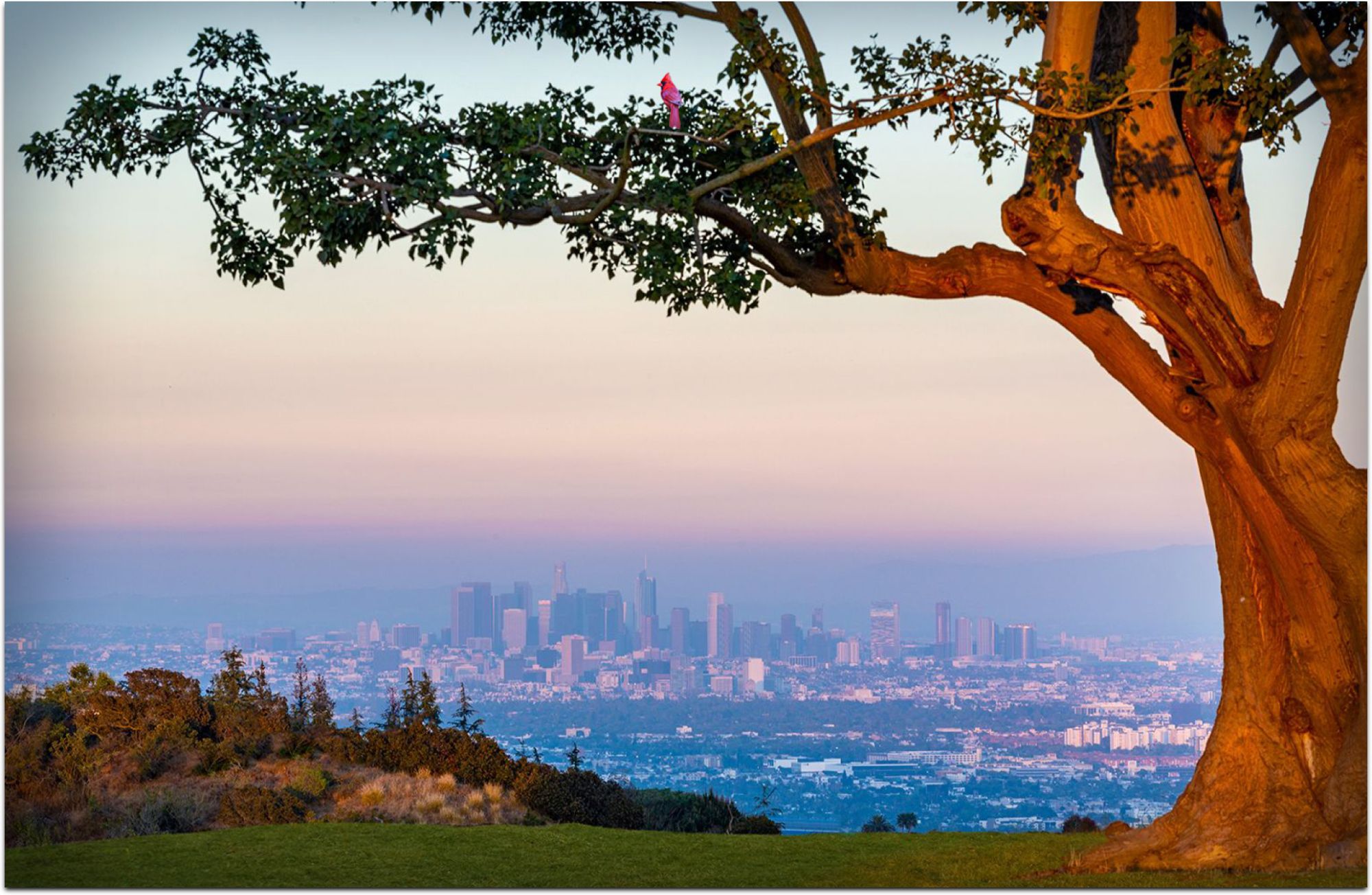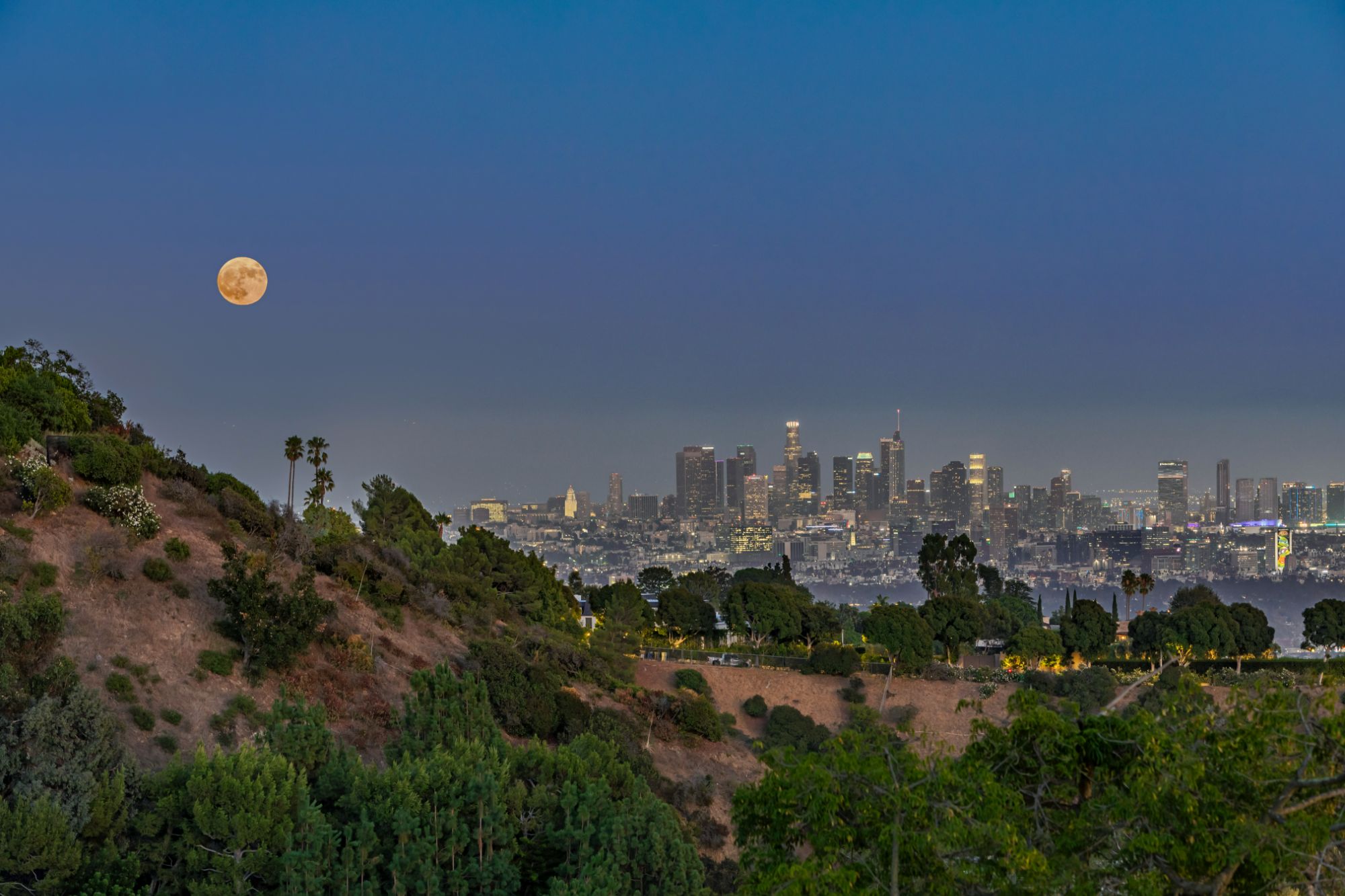
Los Angeles boasts a world-class climate, breathtaking natural spaces, and vast biodiversity that contribute to the quality of life of the city’s residents. These features have been designed and built into the homes, businesses, roads, and surrounding infrastructure.
In 2016, the Los Angeles City Planning initiated the Wildlife Pilot Study in response to a Motion introduced by City Councilmember Paul Koretz. The Motion called for the City Planning Department to create an ordinance with a set of land use regulations that would maintain wildlife connectivity in the city. The proposed Wildlife Ordinance, which is intended to preserve habitats for native fauna and flora, sets limits on the size of homes and requires animal-friendly building practices to be established.
Neighborhoods within the Ordinance’s boundary include Bel Air, Holmby Hills, Hollywood Hills, Beverly Hills Post Office, Sunset Strip, and areas on the north side of Mulholland with Sherman Oaks, Encino, and Studio City. The areas within the boundary stretch from the 101 freeway to the 405 freeway, down to Sunset Blvd, and north to Ventura Blvd and equates to roughly 28,000 acres of Los Angeles.
According to the City of Los Angeles, on June 20, 2023, the proposed Ordinance was considered by the City Council’s Planning and Land Use (PLUM) Committee and was unanimously approved (4-0). It will proceed to the full council for a final vote. Ongoing revisions and discussions are still occurring among city officials regarding the Ordinance.

Photo Credit: Adobe Stock
The Ordinance seeks to preserve wildlife through the regulation of development. It will impact any new construction (including additions) over 500 square feet, some remodeling on lots in the hillside area, cumulative grading on lots in excess of 500 cubic yards, and the removal of some trees.
Its rules include a 45-foot maximum building height, bans grading anything greater than 45 degrees, planting of native trees and plants, the use of fences with gaps for small animals, and requires tinted windows to prevent birds from colliding into them. Notably, no grading, foundation, building, or use of land permit will be issued for any project if there is a proposed 1,000 cubic yards or more of remedial grading or if the proposed project creates a residential floor of 6,000 square feet.
Additionally, there is a lower standard for triggering a site plan review, which would allow the city to review current developments and determine whether the location is consistent with the goals of the Ordinance. A majority of the impact will be on single-family residences, yet still, the Ordinance affects multi-family residences, commercial properties, and a variety of different zones in the hillside area.
Under the Baseline Hillside Ordinance, some basements and garages are currently exempt from the allowable floor area, but this exemption would be eliminated with the new Wildlife Ordinance.
Years of hearings and revisions are coming to a climax as the Ordinance is heading to a final vote. Though still experiencing changes and revisions, the goals of these restrictions are to prevent overdevelopment and preserve wildlife corridors that allow animals to safely travel through the hills. Whether a resident, activist, or somewhere in between, the Wildlife Ordinance is too important of a topic to be disregarded and uninformed about.
For more details and information, visit https://planning.lacity.org/plans-policies/wildlife-pilot-study.
